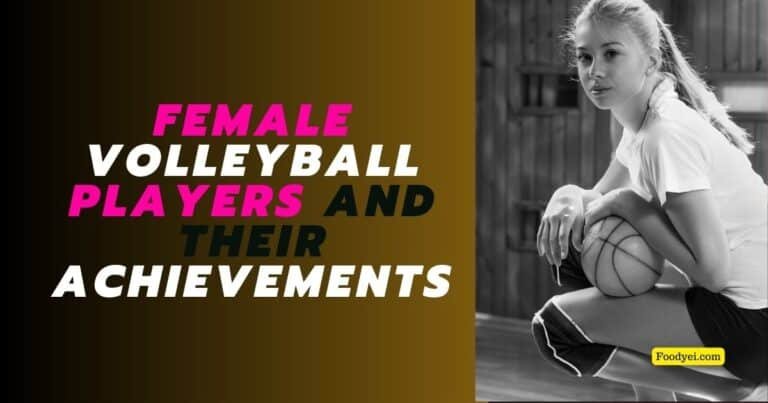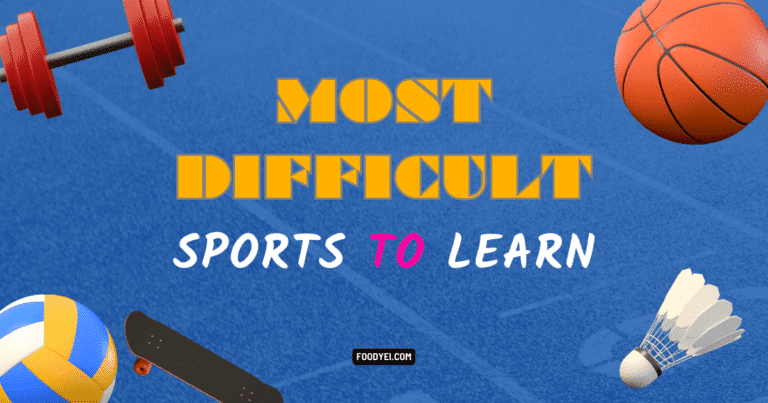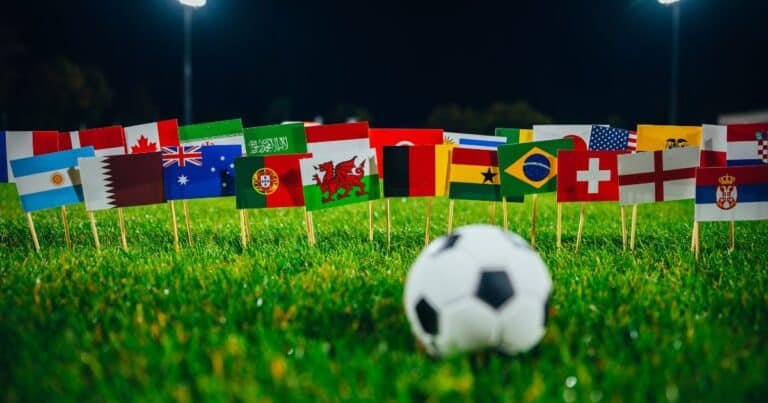Many researchers and athletes face the decision of whether to specialize in one sport from a young age or play multiple sports throughout their school years. While concentrating on a single sport can help boost specific skills and competition levels, being a multi-sport athlete has several advantages as well.
Understanding the key pros and cons of playing multiple sports can provide critical insight for both kids and parents in determining which path to pursue. This article will examine the 10 biggest positives as well as potential drawbacks of not specializing early on. Analyzing the trade-offs involved with either decision will paint a fuller picture of how playing several sports impacts overall development.
Some Pros And Cons of Playing Multiple Sports Are
Pros of Playing Multiple Sports

Physical Fitness:
Getting exposure to various sports from a young age provides tremendous fitness benefits that serve children throughout their athletic development. Instead of honing specific muscular and cardiovascular capacities for a single activity, participation in diverse sports trains the entire body.
Young athletes build balanced strength, flexibility, endurance, and power by working a wide range of muscle groups critical for all athletic maneuvers. The cross-training regimen prevents muscular imbalances or overuse injuries that could otherwise hamper an athlete from specializing early.
By maximizing overall physical conditioning during crucial growth windows, multi-sport participation establishes a robust fitness foundation transferable across any future athletic endeavor.
Injury Prevention:
Playing different sports significantly lowers injury risk compared to intense specialization. Varying athletic activities expand the precise motions and range of movements that growing bodies perform. This prevents overtaxing the same limbs through repetitive stress without a chance for rest and recovery.
Young athletes also reinforce proper biomechanics by learning the correct technique for the different kinetic motions utilized in each sport. The diversity of movements enhanced joint stability, balance, posture, and muscle memory as well.
And given growing bodies are especially vulnerable, shifting sports each season gives overworked body parts extended off-season recuperation periods to fully heal. The cumulative injury prevention effects allow safe athletic development.
Improved Coordination:
Exposure to an array of sports is tremendously beneficial for developing whole-body coordination during formative years. Different sports challenge agility, proprioception, spatial awareness, and reaction time in new ways.
The diversity of movements stresses balance, body control, and overall motor coordination through various athletic stances and maneuvers. Young athletes also build hand-eye coordination that readily transfers between hitting balls, throwing precision passes, and tracking loose pucks.
By learning these broad kinetic chains, multi-sport participation establishes neural connections that flexibility pick up new physical skills later in life. The overall coordination gains prime youth for success across any athletic endeavor.
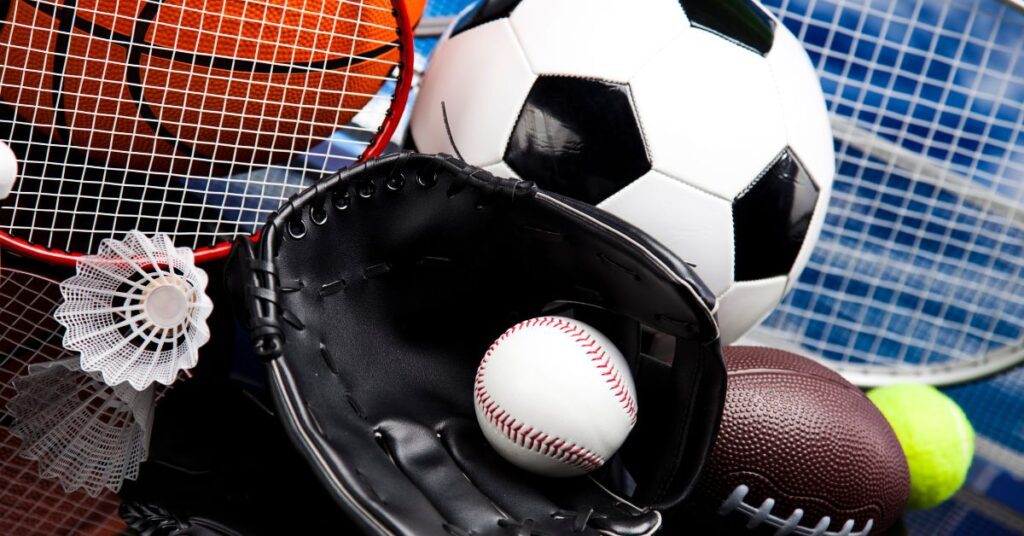
Mental Flexibility:
Mentally, multi-sport participation enables flexible thinking and quick decision-making as athletes shift between sports. Strategizing offensive drives, reading defensive schemes, and executing precise plays all exercise cognitive versatility.
Young athletes learn how to optimize preparation, focus, and determination to match changing gameplay contexts. The variety also helps identify latent talents to further pursue while keeping engagement high across seasons.
By emphasizing adaptability over early specialization, athletes develop key problem-solving and critical-thinking aptitudes. The mental flexibility then allows them to deduce optimal solutions regardless of any athletic challenges faced.
Reduced Burnout:
While early single-sport specialization risks burnout, switching seasons and varying team dynamics help maintain motivation. The change of scenery, different peer groups, and alternating practice routines reinvigorate passion for sports as a whole.
Young athletes also get much-needed mental and physical breaks between seasons to recover. The downtime prevents exhaustion by restoring healthy energy levels to fully apply themselves.
Having diverse athletic pursuits makes sports participation more sustainable so that young athletes do not quit at high rates due to fatigue. By promoting engagement across a breadth of activities, multi-sport participation yields lifelong enjoyment of athletics.
Social Skills:
Participating in a variety of sports fosters important social skills for young athletes. Playing different team sports exposes children to diverse peers and each requires unique interpersonal interactions.
Athletes learn how to collaborate towards common goals with new teammates each season. The partnerships built also teach young kids qualities like accountability, conflict resolution, and empathy.
By navigating these social dynamics, multi-sport participation grooms better communicators and responsible team players. The interpersonal lessons then translate off the field as well to bolster relationships in school and everyday life.
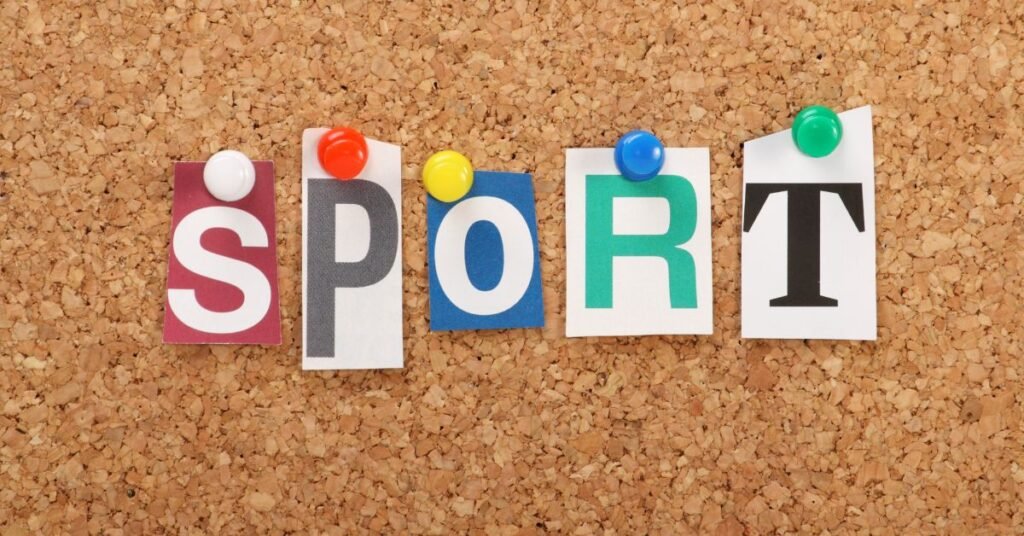
Specialization Delay:
Delaying single sport specialization until after puberty allows young athlete’s bodies to gradually develop. High-intensity year-round training in one sport typically overloads growing bones, muscles, and ligaments beyond safe capacities.
But switching sports each season puts less stress on still-maturing areas while promoting balanced physical development. Multi-sport athletes also get more rest for tissue regeneration and recovery during off-seasons.
This measured approach reduces injury risk and burnout as youth build baseline conditioning. Allowing natural athletic progression lets middle or high schoolers specialize once their bodies have properly matured to withstand higher training loads.
Injury Rehabilitation:
Athletes rehabilitating from injury can utilize alternate sports to maintain overall fitness during recovery. While needing to rest injured body parts, participating in compatible activities keeps cardiovascular endurance and muscle tone intact.
For example, a soccer player with a hurt ankle can still swim or cycle without foot impact. Staying active through secondary sports also maintains joint mobility, balance, and core stability.
Cross-training enhances specific abilities like hand-eye coordination that boosts post-injury performance. So expanding skill sets across multiple sports gives injured athletes options to train safely.
Enhanced Athleticism:
Trying diverse athletic activities exposes children to unique movement patterns that build whole-body power and control. Each sport requires coordinating different muscle sequencing and kinetic chains.
Developing this comprehensive physical literacy primes transferable athleticism as youth continue growing. Multi-sport backgrounds build reaction time, spatial orientation, footwork, and other fundamental skills applicable across various team sports.
Possessing versatile athletic abilities then allows older teens to excel in their eventual specialty after establishing expansive capabilities through early variation.
Long-Term Athletic Development:
Exposing children to an array of age-appropriate sports fosters lifetime passion for athletic endeavors and physical activity. Sampling different pursuits allows young athletes to explore interests while avoiding early burnout from specialization.
The enjoyment of personal growth stays central when not constrained to single-sport regimentation. Having fundamental skills transfer across sports also lets children easily pick up new activities later in life as interests evolve.
By promoting diverse activity instead of intensive training, multi-sport participation cultivates resilient, well-balanced athletic lifestyles. The approach produces physically literate students who truly value sports and fitness
Cons of Playing Multiple Sports

Time Commitment:
Trying to balance several sports while still prioritizing academics poses immense time management challenges for young athletes. Training for multiple team seasons means having few breaks throughout the year for other enrichment like music or volunteering.
The out-of-school time commitment also takes away from family time and the ability to socialize outside teams. And juggling overlapping practice and game schedules across different sports can ultimately inhibit school performance. Without enough time to focus on singular interests or studies, youth may sustain stress from an overbooked schedule.
Risk of Overuse Injuries:
While playing different positions utilizing new motions, student-athletes who play the same positions on multiple teams risk overuse injuries. Pitching for both baseball and club softball overloads throwing arms.
Running long distances for cross country, soccer, and track exponentially increases lower body strain. These compounded stresses on the still-developing bodies increase inflammation or micro-tears.
And inadequate rest between seasons prevents proper healing. So those recovering from injuries may want to strategically limit athletic workload to promote healing before adding sports volume back incrementally.
Burnout:
With extensive hours spent on back-to-back sports and strength training, even multi-sport athletes risk mental fatigue that diminishes their passion for athletics long-term. Demanding coaches and pressure from starting positions establish high expectations athletically and academically.
While physical skills improve, continuously pushing oneself without purposeful recovery periods drains mental stamina. Navigating similar social pressures across multiple teammate groups also grows emotionally taxing over time. Without actively fostering intrinsic motivation, such exhaustion inevitably hampers performance.

Limited Skill Development:
While learning various athletic skills has advantages, there are still finite hours in the day to refine muscle memory critical for excelling in a particular sport. Mastering proper throwing, catching, or swinging techniques requires enormous repetitions focused specifically on that single kinetic chain.
Regularly alternating between different biomechanic patterns interferes with highly specialized motor pathways. Less concentrated skill development in foundational mechanics can inhibit reaching peak performance levels in any one sport later on.
Difficulty in Specialization:
Once ready to specialize, athletes accustomed to divided attention across several sports may struggle to adjust expectations for single-sport dedication. Narrowing focus feels limiting after getting accustomed to diverse roles.
Expectations for greater practice intensity with less downtime take adaptation as well. Having an established multi-sport peer group also risks losing camaraderie during transitions into new niche environments. So for some, concentrating full effort into one sport after a lifetime of variety poses a mental challenge.
Conflicting Schedules:
Attempting to balance practice, games, and travel for various sports inevitably produces scheduling conflicts that overwhelm young athletes. Meeting attendance expectations across different teams with simultaneous seasons means dilemma-filled weekends and weeknights.
Players exhausted from an earlier game may underperform at a same-day competition. Missing key practices or tournaments strains relationships with some coaches as well.
And if injuries occur, rearranging multiple schedules for therapy appointments proves difficult too. Without enough hours in the day, student-athletes struggle to distribute effort equitably while fulfilling academic obligations also in flux
Academic Impact:
The extensive commitment required for multi-sport participation cuts into study time for many student-athletes. Energy exhausted from long days transitioning across different teams leaves less effort for concentrating on school work at night.
Learning time also decreases from weekday practice obligations and weekend tournaments. During peak season, athletes inevitably neglect difficult subjects. Switching focus frequently between various sports may inhibit retaining concepts and knowledge cumulative across academic quarters or semesters.
So with athletic development prioritized, academic performance decline remains a real risk over time for multi-sport athletes compared to scholars focusing purely on academics.
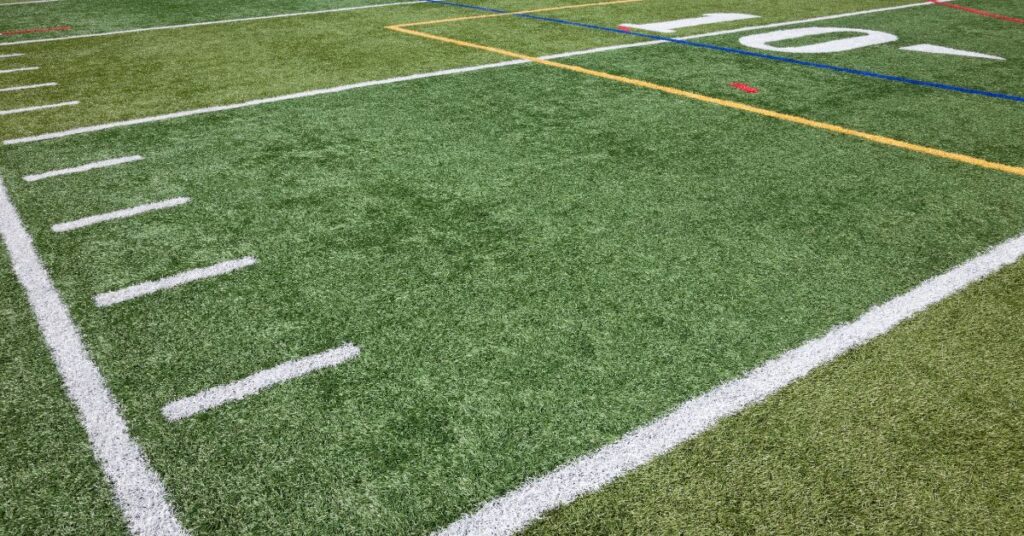
Financial Cost:
Families taking on expenses for equipment, club fees, and travel for multiple sports face steep financial strain. Costs multiply rapidly paying for custom gear suited to each sport like gloves, helmets, footwear, or sticks which still require frequent replacement due to growth or wear-and-tear.
Club team expenses also escalate when trying out for various rosters. Most teams now expect participation in distant showcases or tournaments requiring flights, hotels, and dining out.
So while developing athletic skills has value, the cumulative costs of juggling multiple sports simultaneously may outweigh resources for many households and necessitate some difficult decisions on investing further.
Social Isolation:
Time devoted toward perpetual athletic pursuits often alienates multi-sport athletes from social circles not bonded by sports. While teammates share rigorous schedules and understanding outlooks, always training or competing inhibits interactions with non-athlete peers.
Unable to attend parties, school events or simply hang out impedes integrating other hobbies and identities beyond being an athlete. Bonds once forged with childhood friends who’ve since moved on from competitive sports may deteriorate without shared experiences. This isolation risks stunting balanced self-concepts and well-roundedness for still-developing youth.
Pressure to Excel:
The challenge of standing out while split across multiple teams motivates some athletes to overextend themselves in unhealthy ways. Seeing rival sports classmates gain prestige as starters or statistical leaders pushes internal pressures to train and compete during off-seasons. And wanting to impress every coach, athletes hesitate to rest minor nagging pains that require rest.
The risk-taking and relentless pace increase the risks of chronic fatigue, anxiety, and injured pride from not reaching self-imposed expectations. Without a mature perspective, athletes subsume the entirety of self-worth into sports performance across every team. And such narrow identity and pressuring expectations eventually cripple enjoyment.
Conclusion
Deciding whether a child should specialize early on or play multiple sports is a complex choice with compelling arguments on both sides. While the merits of skill development and competitive edge may favor single-sport concentration, participating in various athletic pursuits fosters tremendous physical, social, and mental development invaluable for young athletes.
There are also risks like burnout and injuries associated with either pathway. Ultimately the decision depends greatly on a child’s stage of growth, academic workload, recovery capacity, and innate passion. An objective cost-benefit analysis of each family’s lifestyle and resources can help determine suitable sports variety.


